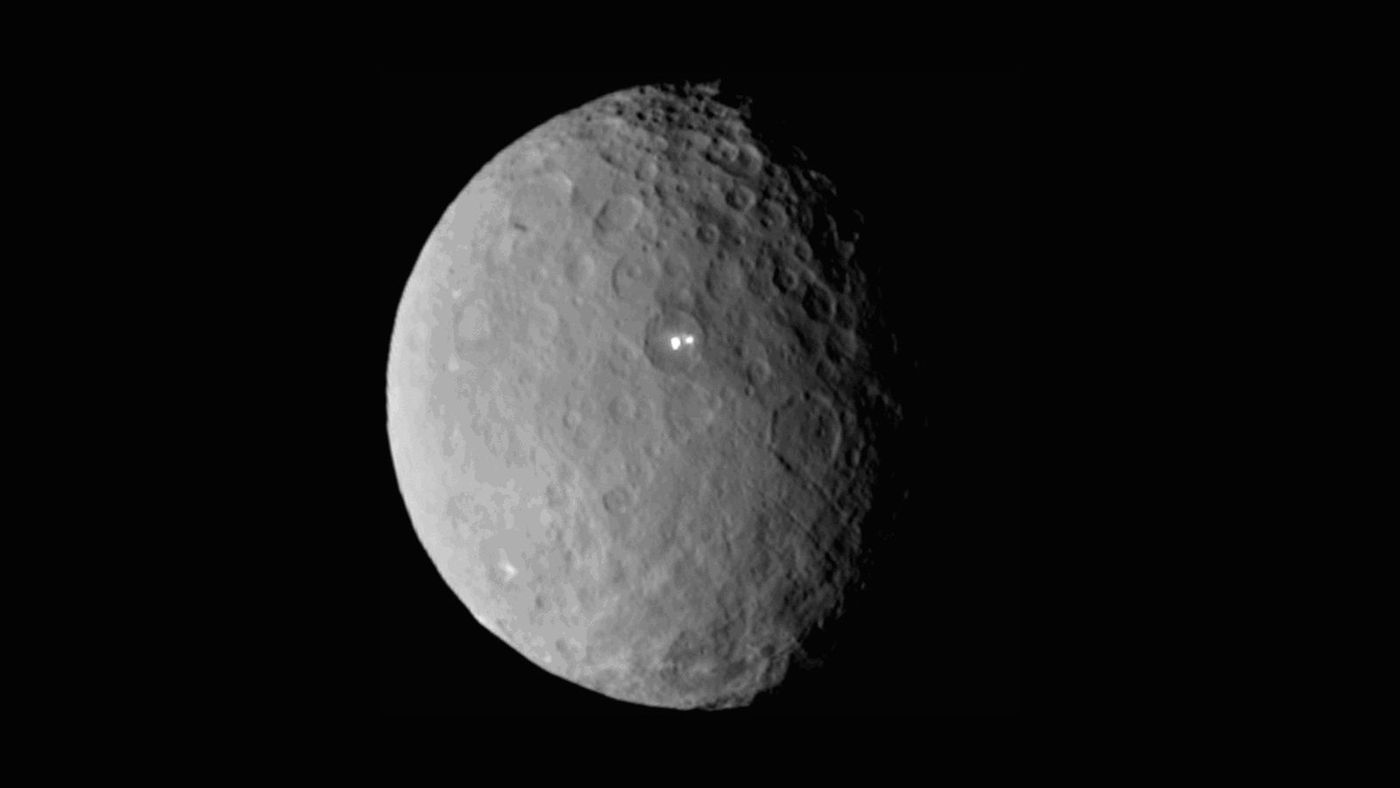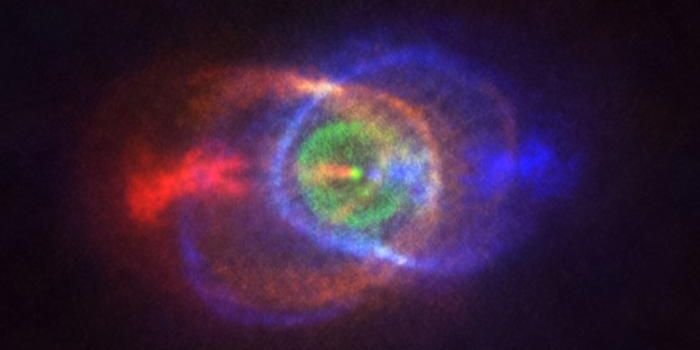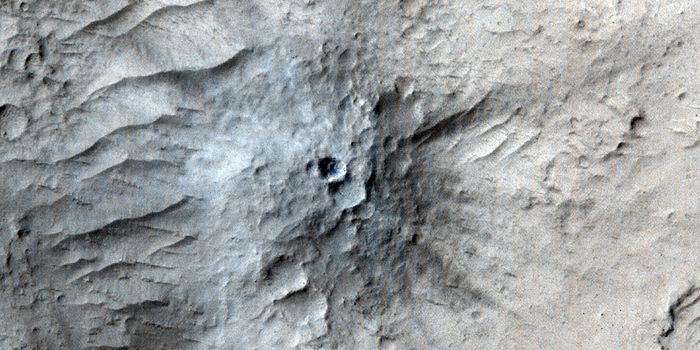Geologic activity of dwarf planet Ceres divulged through computers models
In a recent study published in American Geophysical Union Advances, computer models can elucidate how the geologic activity on dwarf planet Ceres could be explained by decaying radiogenic elements such as uranium, thorium, and potassium. This finding is intriguing since geologic activity on other icy moons known to be currently geologically active, or sometime in their past, have been driven by tidal heating, such as Jupiter’s moons, Io and Europa.
Using computer models, the collaborative team encompassing researchers from Virginia Tech, UCLA, NASA JPL, the United States Geological Survey, and the Planetary Science Institute discovered the decay of radioactive elements within the interior of Ceres could keep it dynamic and active. While Ceres never got big enough to become a full-fledged planet, data from NASA’s Dawn mission in 2015 and computer models previously applied to larger planets were used to study the interior of Ceres. The findings revealed that while Ceres started out cold, the interior was able to generate heat through the decay of radioactive isotopes, which was enough to destabilize the interior, ultimately making it much more active and resulting in the unique geologic features on its surface.
"What I would see in the model is, all of a sudden, one part of the interior would start heating up and would be moving upward and then the other part would be moving downward," said Dr. Scott King, a professor in the Department of Geosciences at Virginia Tech, and lead author on the study. "It turned out that you could show in the model that where one hemisphere had this instability that was rising up, it would cause extension at the surface, and it was consistent with these patterns of fractures.”
While traditional planetary evolution models show a planet starting hot then cooling off, Ceres bucked this trend.
"What we've shown in this paper is that radiogenic heating all on its own is enough to create interesting geology," King explained.
King sees comparisons between Ceres and some moons of Uranus, which NASA and the National Science Foundation have designated as high priority for robotic missions, since they are about the same size as Ceres, and he is excited at the thought of applying this most recent model to them.
Sources: American Geophysical Union Advances
As always, keep doing science & keep looking up!









